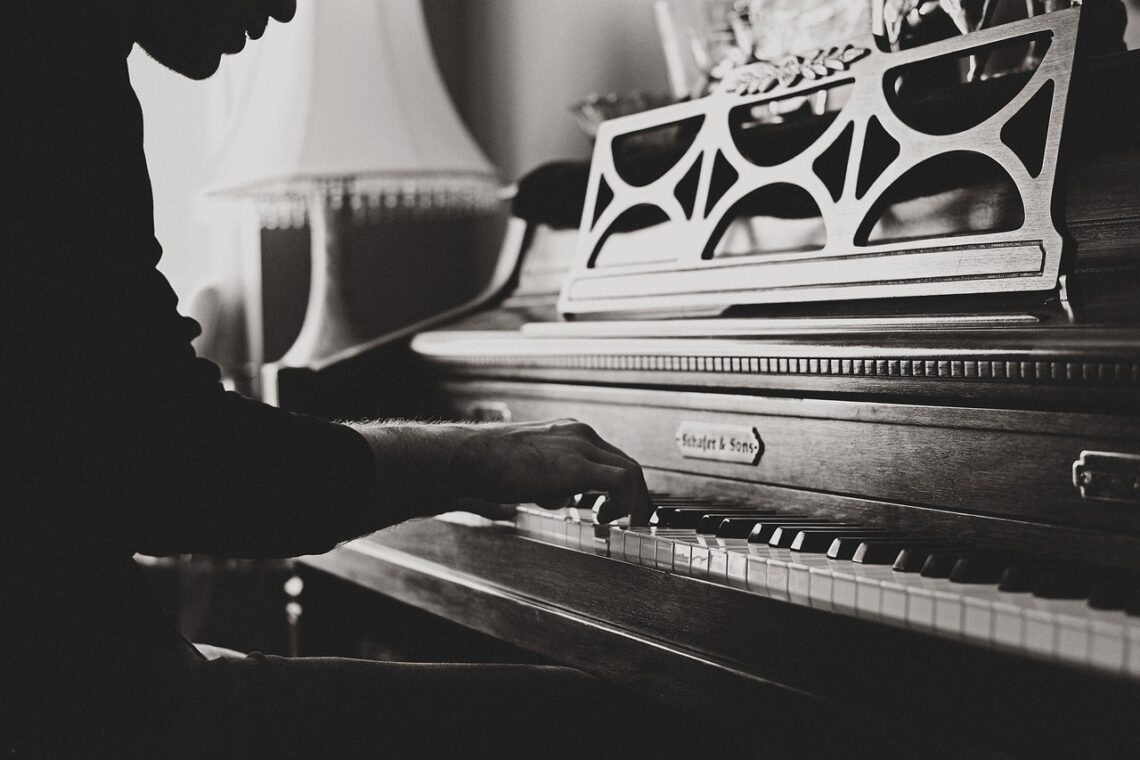Learning to play the piano is an exciting journey that opens up a world of musical possibilities. Whether you’re completely new to music or transitioning from another instrument, this guide will help you get started on your piano-playing adventure.
Playing the piano offers a fulfilling way to express yourself through music. While it might seem daunting at first, with consistent practice and dedication, anyone can learn to play this beautiful instrument. In this guide, we’ll walk you through the basics of piano playing, from understanding the keyboard to playing your first simple tune.
Step 1: Getting Familiar with the Keyboard:
Before you start playing, take some time to familiarize yourself with the piano keyboard. Notice the pattern of white and black keys and how they are organized in octaves. Each white key represents a musical note, while the black keys represent sharps and flats.
Step 2: Hand Placement:
Proper hand placement is essential for efficient piano playing. Sit at the center of the piano with your feet flat on the ground. Keep your hands relaxed, wrists slightly elevated, and fingers curved. Your left hand will generally play lower notes, and your right hand will play higher notes.
Step 3: Learning Basic Notes:
Start by learning a few basic notes. The easiest way is to focus on the white keys initially. The note names are A, B, C, D, E, F, and G. Practice playing these notes with both hands, alternating between them.

Step 4: Reading Sheet Music:
Sheet music is a roadmap for piano players. Each note on the sheet corresponds to a key on the piano. Learn to read the treble and bass clef notation, as they indicate the notes you’ll be playing with your right and left hands.
Step 5: Practicing Finger Exercises:
Strengthen your fingers with exercises that improve dexterity and coordination. Scales and arpeggios are excellent exercises that help you navigate the keyboard smoothly. Gradually increase the tempo as you become more comfortable.
Step 6: Playing Simple Tunes:
Now that you’re comfortable with basic techniques, try playing simple tunes. Start with beginner-level songs that use only a few notes. “Twinkle, Twinkle, Little Star” or “Mary Had a Little Lamb” are great options to begin with.
Step 7: Building Your Repertoire:
As you gain confidence, challenge yourself with more complex pieces. Explore different genres and styles to expand your musical horizons. Consistent practice is key to improving your skills.
Learning to play the piano is a rewarding endeavor that requires patience and dedication. With regular practice and a passion for music, you’ll gradually see your abilities grow. Remember, the journey is just as important as the destination, so enjoy every step of becoming a skilled pianist.
Begin your piano journey today, and let the melodies you create fill your life with joy and harmony. For other posts click here.

